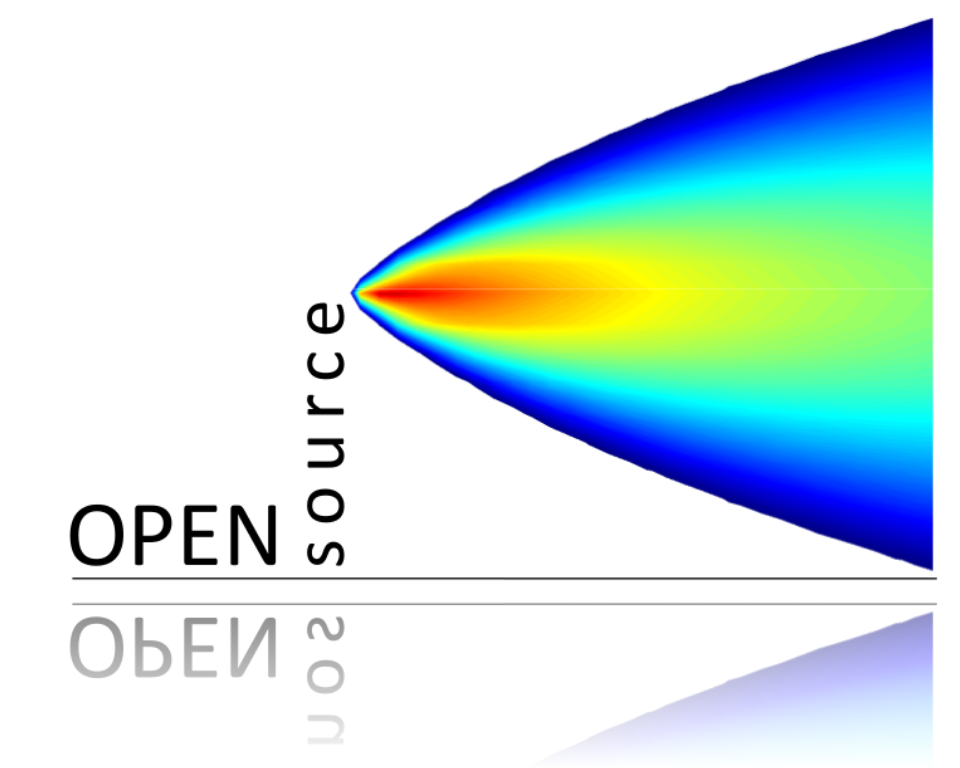1 Introduction
This document provides information on the use of R to analyse air pollution data. The document supports an initiative to develop and make available a consistent set of tools for analysing and understanding air pollution data in a free, open-source environment.
The amount of monitoring data available is substantial and increasing. In the UK alone there are thought to be over 1000 continuous monitoring sites. Much of the data available is only briefly analysed; perhaps with the aim of comparing pollutant concentrations with national and international air quality limits. However, as it will hopefully be seen, the critical analysis of air pollution data can be highly rewarding, perhaps yielding important information on pollutant sources that was previously unknown or unquantified.
While many of the options in these functions allow quite a sophisticated analysis to be undertaken, the defaults generally use the simplest (and fastest) assumptions. A more detailed analysis can refine these assumptions e.g. by accounting for autocorrelation, or fine-control over the appearance of a plot.
It should be noted that while the aim is to keep this documentation up to date, the primary source of information related to the different functions is contained within the package itself. Once loaded, type ?openair to see all the help pages associated with the package. The website for openair is https://davidcarslaw.github.io/openair/.
The next Section contains important information on loading the openair package for the first time and the input data requirements. Users will need to consider the advice in this section to ensure that openair can be used without problems.
